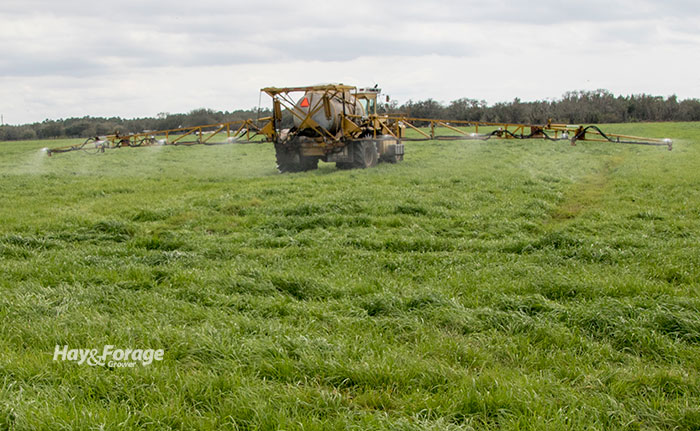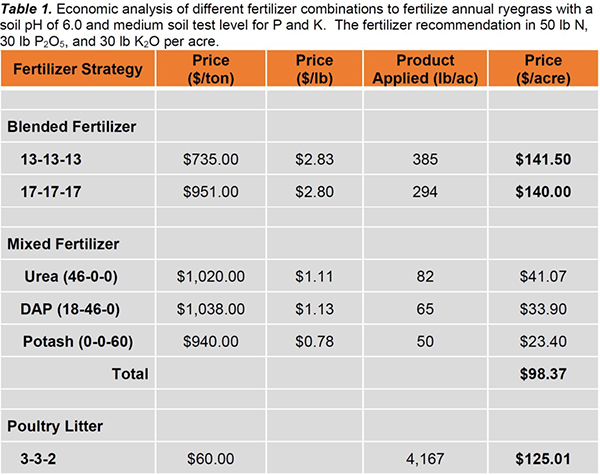
A severe case of sticker shock is sweeping across the forage industry as producers watch fertilizer prices climb higher and higher. Low inventories and a strong demand have caused the price of some forms of fertilizer to double, and others are nearly three times as expensive as they were in the fall of 2020.
While fertilizer prices depend on several market factors that producers cannot control, it may be possible to combat these extreme expenses. Rocky Lemus with Mississippi State Extension says the best way to do so is to know soil nutrient levels before making any purchases.
“Forage and livestock producers are used to applying fertilizers without knowing the needs of existing forage crops and without knowing the soil nutrient reserves that are available,” the extension forage specialist asserts. “To have a better understanding of fertilizer needs and cost, producers should concentrate on getting a soil sample that could allow them to develop an efficient production system.”
Analyze and adjust
To get a representative soil sample for testing, divide land into sections that are 10 acres or less and collect soil at a depth of at least 6 inches. If legumes are present, include the plant species and percent of the stand they represent with the soil sample for a more accurate application recommendation.
Lemus states that there is a linear relationship between forage production and nitrogen application; however, the same cannot be said for phosphorus and potassium. Yield response can be high if these concentrations are very low to low, but it becomes less significant as nutrient levels improve. Therefore, it may not be cost-effective to apply fertilizer at the same rate to fields with medium, high, or very high nutrient levels.
“Phosphorus and potassium had a 95% to 100% response with a very low soil level, 70% to 95% response at a low level, and 40% to 70% response with a medium level,” Lemus notes. “Understanding soil test levels will help develop a fertilizer plan to make the wisest economical application.”
If a soil test result indicates a low soil pH and recommends a lime application, Lemus says it might be best to concentrate on adjusting the pH before considering the application of other nutrients. An optimum soil pH will enhance nutrient uptake.
Pick the right product
In addition to soil nutrients, fertilizer efficiency also depends on the type of product being used. Lemus says blended fertilizers such as 13-13-13 are easy to apply, but they may not provide forage with enough nitrogen or result in the application of unneeded nutrients.
When using poultry litter, some nitrogen is trapped in the organic matter, causing nitrogen availability to fall as low as 30% to 40%.
Instead of using blended fertilizers, Lemus encourages producers to choose a mixed fertilizer that specifically meets soil and crop nutrient needs while ensuring an economical advantage (see the table below as an example). He also emphasizes the importance of modifying application rates according to soil tests and assessing product options to maximize net returns on fertilizer investments this year.


Amber Friedrichsen served as the 2021 Hay & Forage Grower editorial intern. She currently attends Iowa State University where she is majoring in agriculture and life sciences education-communications and agronomy. Friedrichsen grew up on her family’s diversified crop and livestock farm near Clinton, Iowa.

